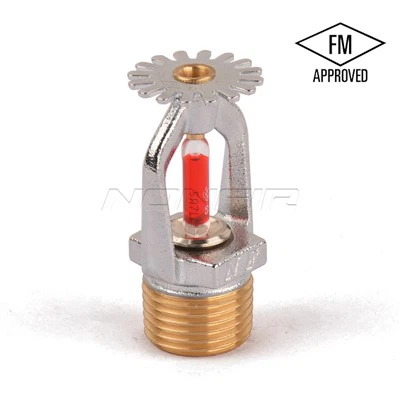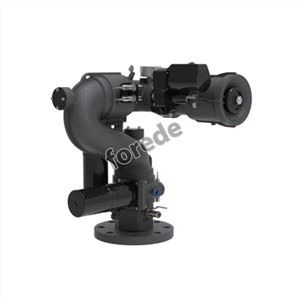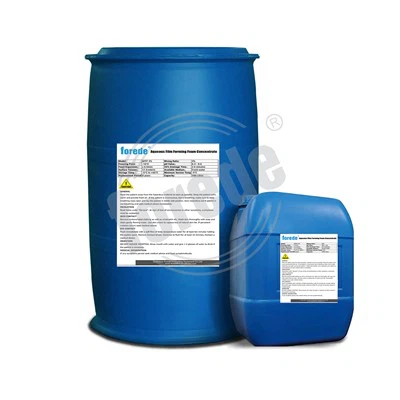
Comprehensive Overview Of Fire Gate Valve
The fire gate valve is a critical component in fire protection systems, playing a vital role in controlling the flow of water or other firefighting agents in emergency situations. This type of valve is specifically designed to withstand the high pressures and temperatures associated with fire suppression, ensuring reliable performance when it matters most.
Constructed from durable materials such as ductile iron, bronze, or stainless steel, the fire gate valve is built to last. Its robust design includes a gate that can be fully opened or closed to regulate the flow of water or firefighting agents through the piping system. When closed, the gate forms a tight seal to prevent any leakage, ensuring that the system remains pressurized and ready for immediate use.
The fire gate valve is also designed for easy operation, even in stressful and urgent situations. Its handle or actuator is designed to be easily accessible and ergonomically friendly, allowing firefighters to open or close the valve quickly and efficiently. This helps to minimize the time it takes to respond to a fire, potentially reducing the damage and risk to life and property.
Type of fire gate valve
- Flange End Rising Stem Gate Valve
- Flange End Non-Rising Stem Gate Valve
- Groove End Rising Stem Gate Valve
- Groove End Non-Rising Stem Gate Valve
- Flange End Underground Gate Valve
Operational Mechanism
Fire gate valves operate on a simple yet effective principle: linear motion to control flow. When the handwheel or actuator is turned, the stem moves the gate upward or downward within the valve body.
- Open Position: The gate retracts fully into the bonnet, creating an unobstructed flow path with minimal pressure drop.
- Closed Position: The gate descends to seal against seats on both sides of the valve, creating a tight shut-off. Fire-rated seats often use elastomers like EPDM or nitrile for leak-proof performance.
- Fail-Safe Features: In automated systems, valves may default to a pre-set position (e.g., open) during power failures to ensure continuous water supply.
Applications in Fire Protection Systems
- Sprinkler Systems: Installed at the main water supply line to isolate sections for maintenance or during false alarms.
- Standpipe Systems: Control water flow to vertical risers in high-rise buildings.
- Fire Hydrant Networks: Regulate water supply to outdoor hydrants in industrial or municipal settings.
- Deluge Systems: Used in high-hazard areas (e.g., chemical plants) to rapidly release large volumes of water or foam.
- Backflow Prevention: Paired with check valves to avoid contamination of potable water supplies.
- Their versatility and reliability make them indispensable in both commercial buildings and industrial facilities.




















